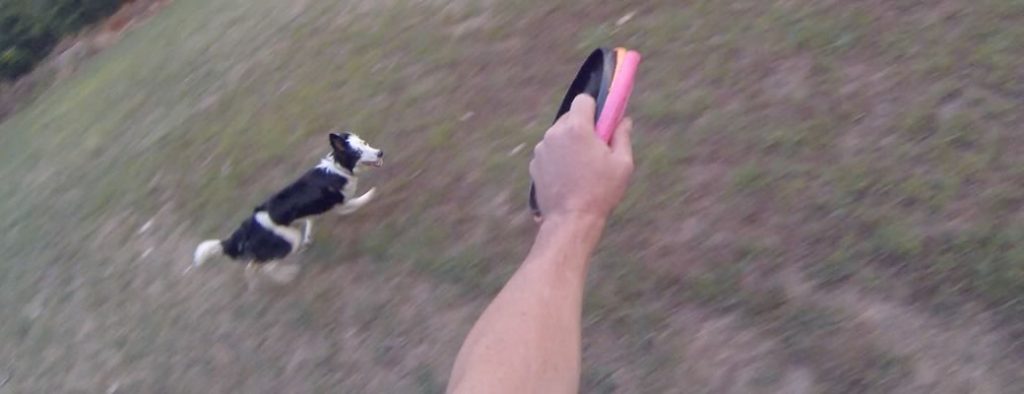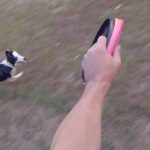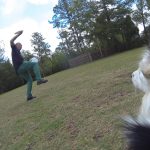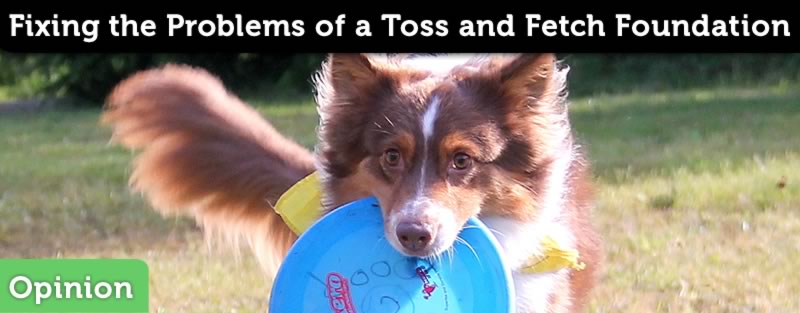
Shading Direction and Communicating Team Movement
Communicating direction to a dog is a simple yet sensitive operation. It doesn’t take much to make a dog move. Whenever I teach someone to communicate with position and pressure they tend to “scream” with their body. Using large, gross movements, screaming with position and pressure desensitizes the dog to these small and precise signals and sets up a situation where the dog has to be screamed at to receive a signal.
I use the idea of shading direction to try to give people some nuance and precision in their communication using position and pressure. Just a little bit will do – all you have to do is slightly change position or apply pressure, like a subtle shade change in color, to communicate movement or leverage pressure to your advantage.
Reading the Dog
Shading direction and communicating movement starts with Reading the Dog. Watching the dog after the catch and/or knowing how the dog is going to land on interior movements is the idea behind Reading the Dog.
Once you have read the dog you now know where the dog is going to move and the dog’s intent or intensity of movement which allows you to deliver the correct amount of positional pressure or proper handler position to affect the dog’s movement.
The better you get at reading the dog, the easier it is to move the dog. The easier it is to move the dog the less pressure and change in position is required to move the dog or affect the dog’s movement. With a little bit of practice tiny little changes will clearly communicate movement to your dog. This makes Team MovementTeam Movement is how dog and handler move, as a team, out there on the field. It is a judging category in some organizations and certainly is a focus of many judges, players,... More seamless and beautiful, as if the dog is doing it on his or her own.
Handler Rotation
Shading Direction and communicating movement can be done with handler rotation. If you turn to the left, the dog will approach on counter clock. If you rotate right, the dog will come in on clock. This rotation can be as small as one foot being behind the other and/or a slight turning of the shoulders in one direction or the other.
This is happening whether you know it or not – there is always a flank. Your stance communicates direction and often screams direction to your dog. A simple stance change (putting one foot in front of the other) will change your dog’s lead leg on the approach and can and will do so at 20-30 yards.
In Toss n Fetch, choose the right stance for your dog and he will approach faster, choose the wrong one and he will approach slower. Rotate a little further than a simple stance by turning the shoulders or actually turning your body and the dog will change speeds.
Handler Movement
A moving handler affects the dog’s movement and speed. Moving towards the dog pushes on the dog down, slowing the dog down, and moving away from the dog pulls the dog in and increases the dog’s speed. Moving in the direction that the dog likes to move speeds the dog up and moving to the dog’s weak side and the dog slows down.
Simply walking in a direction shades that direction and influences the dog’s movement. There is no need to run, although running will have greater affect, but any movement at all will influence Team Movement. Again, you want to take care to simply shade direction with your movement to condition the dog to take these small signals and remain sensitive to your movement.
When the dog is sensitive to small signals the handler gains the freedom to move as he or she sees fit and the Team Movement seems to happen like magic,”Why does her dog always seem to move in the right direction?”
Shading While the Dog is Busy Sets the Line
The key to shading direction and creating subtle Team Movement cues is to shade your direction before the dog sets the line. If your dog turns back towards you after making the catch and you are turned to your right, the dog will choose to approach in a clockwise fashion because you set the line.
If the dog catches and turns towards you and you have not shaded any direction, the dog sets the line and the handler must then change it. Changing the line is cool, but it is not necessary if you shade direction beforehand.
Shading direction in interior movements is a complete necessity. You need to be set up in the proper direction before the dog finishes the flip or vault to avoid influencing the dog’s movement as you move to set things up. Shading direction early on interior work will help you flow seamlessly and completely control your dog’s movement with











Wow! I have read this in the past, but it makes more sense to me now! I have been screaming and need to learn to be more subtle, and this will probably slow Odie down. I am going to start working on this right away.
Onions…